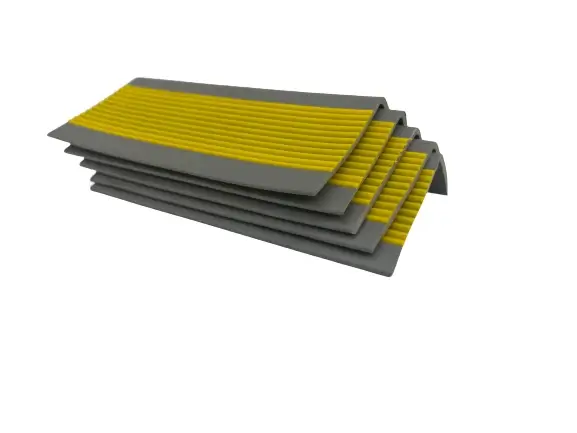joulu . 12, 2024 18:02 Back to list
sealing strip for gaps in photovoltaic solar panels
Sealing Strips for Gaps in Photovoltaic Solar Panels Enhancing Efficiency and Longevity
As the global push toward renewable energy accelerates, photovoltaic (PV) solar panels have emerged as a cornerstone of sustainable power generation. While these panels are designed for durability and efficiency, they are not without their challenges. One significant issue that has garnered attention is the presence of gaps between solar panels, which can lead to inefficiencies and potential damage over time. This is where sealing strips come into play.
What are Sealing Strips?
Sealing strips are flexible barriers made from materials such as rubber, silicone, or polyethylene. They are specifically designed to fill the gaps between solar panels and their mounting systems, as well as between individual panels. These strips serve a dual purpose they mitigate water ingress and protect against dust and debris accumulation, both of which can hinder solar efficiency and longevity.
The Importance of Sealing Strips in Solar Panels
1. Water Ingress Prevention One of the most significant risks to solar panels is water damage. Water infiltration can lead to electrical faults, corrosion, and mold, jeopardizing the functionality of the solar system. Sealing strips effectively prevent water from seeping into the gaps, ensuring that the internal components of the solar panels remain dry and operational.
2. Reduction of Dust and Debris Accumulation Solar panels perform optimally when they are clean and free from obstructions. Dust, leaves, and other debris can settle in the gaps between panels, leading to shading effects that reduce energy output. By using sealing strips, the spaces between panels are minimized, making it more difficult for dirt to accumulate and ensuring that sunlight can reach the solar cells without obstruction.
3. Enhanced Thermal Performance Solar panels generate heat during operation, and the gaps between them can create thermal bridges. These thermal anomalies can lead to uneven heating, which may result in hotspots that can damage the panels. Sealing strips help maintain a more uniform temperature across the panel surface, thus enhancing overall thermal performance and extending the lifespan of the system.
sealing strip for gaps in photovoltaic solar panels

4. Structural Integrity Sealing strips also contribute to the structural integrity of solar installations. They help secure panels in place, reducing movement that can be caused by wind or other environmental factors. This stability is essential for maintaining alignment and ensuring that panels remain optimally angled towards the sun.
Choosing the Right Sealing Strips
When selecting sealing strips for photovoltaic solar panels, several factors should be considered
- Material The type of material used for sealing strips is crucial. It should be weatherproof, UV-resistant, and capable of withstanding varying temperatures without degrading.
- Size and Fit The sealing strip must appropriately fit the gaps in the installation. It should neither be too tight (which may cause damage when panels expand and contract) nor too loose (which reduces its effectiveness).
- Installation Proper installation is critical for the sealing strips to function effectively. It is advisable to consult with professionals or follow manufacturer guidelines to ensure that the strips are applied correctly.
Conclusion
In summary, sealing strips play a vital role in the efficiency and longevity of photovoltaic solar panels. By addressing issues related to water ingress, debris accumulation, and thermal performance, these strips help ensure that solar energy systems operate at their full potential. As the demand for sustainable energy solutions continues to grow, investing in quality sealing materials for solar installations becomes essential. By doing so, not only are we enhancing the performance of solar panels, but we are also contributing to a more sustainable future. Embracing innovations like sealing strips ultimately leads to a more efficient and reliable solar energy landscape, fostering a transition toward renewable energy sources that are crucial for our planet’s health.




